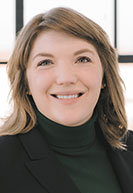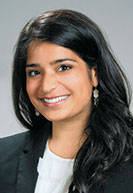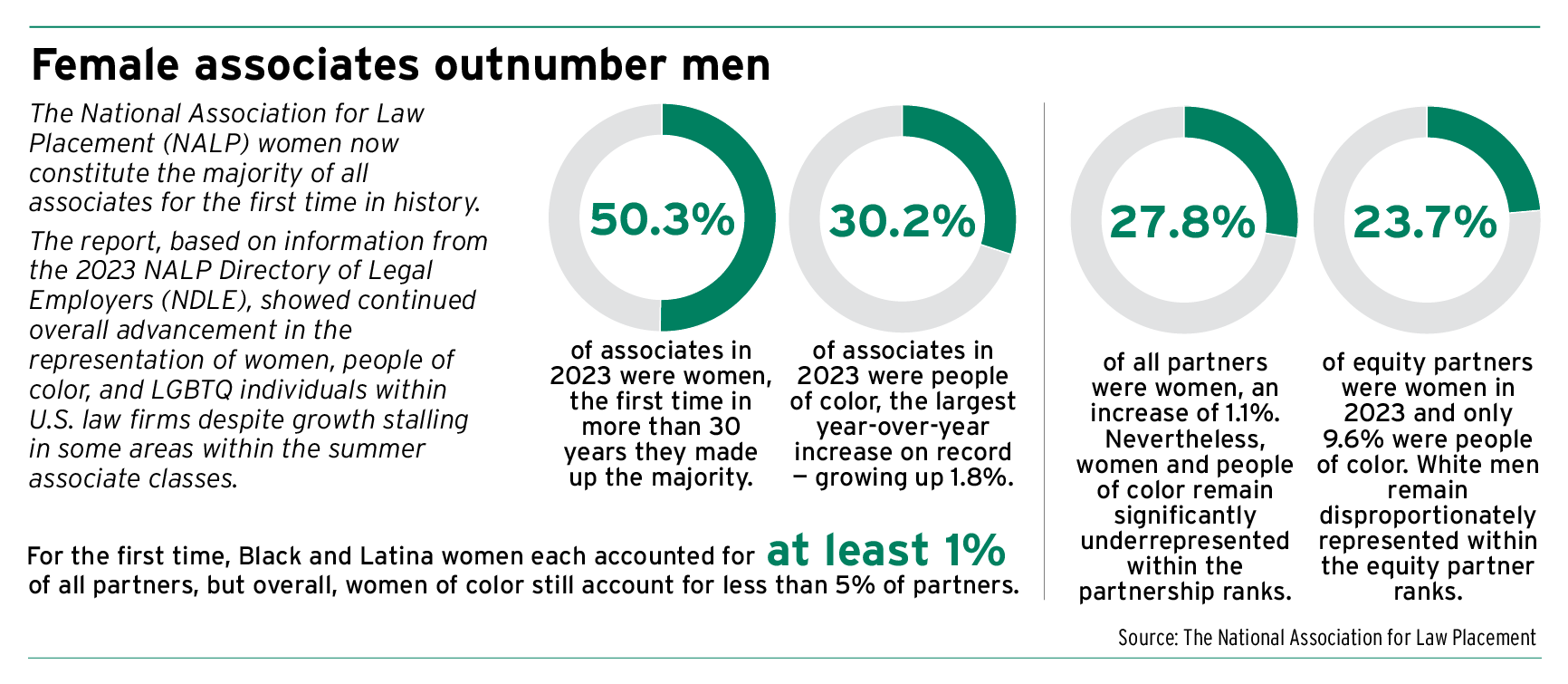Subscriber Benefit
As a subscriber you can listen to articles at work, in the car, or while you work out. Subscribe NowThe number of women attorneys reached a historic level nationally last year, a finding that Indiana lawyers confirmed they’re seeing in their day-to-day practices.
The National Association for Law Placement released its annual Report on Diversity in U.S. Law Firms in January, with the report showing women now constitute the majority of all law associates for the first time since NALP began gathering data in the early 1990s.

Allyson Emley, an attorney with McCarter & English, LLP, said she’s witnessed the rising number of women entering the profession.
She noted that eight of the nine attorneys at her firm’s Indianapolis office are women.
And while working at Ice Miller from 2018 to 2022, Emley noticed the same trend regarding women attorneys comprising a majority of associates.
“I would say that was the case as well there,” Emley said.
The national report, based on information from the 2023 NALP Directory of Legal Employers, showed higher representation of women, people of color and LGBTQ individuals within U.S. law firms, despite growth stalling in some areas within the summer associate classes, according to the association.
The NALP reported that women now comprise more than 50% of all law associates.
But while women are also experiencing record growth in representation at the partnership level, they still hold only about 28% of those positions.
According to NALP, people of color also advanced at the partnership level but likewise still lag behind their representation among associates, with partners of color comprising 12% of all partners and about 30% of all associates.
“NALP began tracking law firm diversity data in 1991, 121 years after the first woman graduated law school in the United States,” said NALP Executive Director Nikia Gray in a news release. “At that time, women accounted for only a little over 38% of law firm associates. It took another 32 years for women to achieve equal, and just slightly greater, representation among associates — 153 years in total. Real change is slow, hard, and imperceptible, but it does happen.”
Key NALP findings
Other report data showed that, for the first time, Black and Latina women each accounted for at least 1% of all partners, but overall, women of color still account for less than 5% of partners.
In 2023, just 23.7% of multi-tier law firm equity partners were women. Additionally, only 9.6% were people of color.
Also, the share of summer associates of color declined for the first time since 2017, dropping to 42.3%. However, summer associates remain more diverse by gender and race/ethnicity as compared to the demographics of recent law school graduates, the association reported.
The share of LGBTQ summer associates continues to grow at an accelerated rate as compared to lawyers overall. Nearly 12% of summer associates identify as LGBTQ, while the percentage among all lawyers is less than 5%.

Emley said she thought there was a conscious effort to diversify, especially with larger firms.
Audreyalice Warner, an attorney with Lewis Wagner LLP, said she started to see more women entering the profession when she attended the Indiana University McKinney School of Law.
By the time she graduated in 2016, Warner said, she estimated that more than half of the people in her class were women.
Warner said she worked in the federal court system and saw the same trend there before she joined Lewis Wagner.
Emily Chimenti, an attorney with Wilson Kehoe Winingham LLC in Indianapolis, said she noticed a similar trend when she attended Valparaiso’s law school.
Chimenti said Indianapolis and the state as a whole are reflective of the NALP’s report findings, as far as women associates.
Indiana is also one of five states with a woman, Chief Justice Loretta Rush, as a state supreme court chief justice and has many women in leadership roles as federal judges, Chimenti noted.

As far as private firms and leadership roles, Chimenti said she’s seen some inroads being made in terms of women being promoted to the income-level partner track.
“Certainly women are moving to positions where they weren’t seen before,” Chimenti said, citing Indiana Southern District Chief Judge Tanya Walton Pratt and Southern District Judge Jane Magnus-Stinson as two prominent examples.
Chimenti said, as a personal injury attorney, she sees other women attorneys representing clients in the vast majority of her medical malpractice and general negligence cases.
She said an area that needs focus is trying to bring more women of color into the legal profession.
Growing numbers, but still some challenges
Women still face challenges as attorneys, Emley said, and sometimes experience uncomfortable slights in the workplace.
Emley said she remembered starting out as an attorney more than a decade ago and being mistaken for a secretary by an older attorney at a deposition.
“That is not uncommon for some of my female colleagues,” Emley said, although she stressed that, on the whole, work conditions for female attorneys have improved.
Emley said IndyBar’s Women in Law Division, which she chairs, is very active and has grown in recent years, with the division now comprised of a few hundred members and hosting several continuing legal education programs annually.
The WLD is hosting a continuing legal education event in July on helping women with nontraditional career paths.
The division also includes a women’s mentoring program, where small groups meet monthly to help support female attorneys.
Warner said she joined the WLD while she was still in law school and is involved in the mentoring program.
“It’s just a great way to make connections in the community and find like-minded folks,” Warner said.

Emley said the WLD also includes several female judges.
Nabeela Virjee, an attorney with Plews Shadley Racher & Braun LLP, said she has also seen the trend of more women attorneys play out in certain law tracks, as well as in law school enrollment.
But Virjee said she has not seen the same growth in the number of women moving into partnerships at law firms.
“Once women start having kids, the law firm environment is hard,” Virjee said.
Virjee said she has seen a push by bigger law firms to try and retain women and people of color.
The Plews attorney, who has two young children,said she is encouraged to see more men taking advantage of paternity leave at law firms. She said that could help more firms understand and embrace the challenges and juggling act some women face in practicing law while also raising kids at home.
“I feel like I live nine lives before I come into the office,” Virjee said.•
Please enable JavaScript to view this content.

